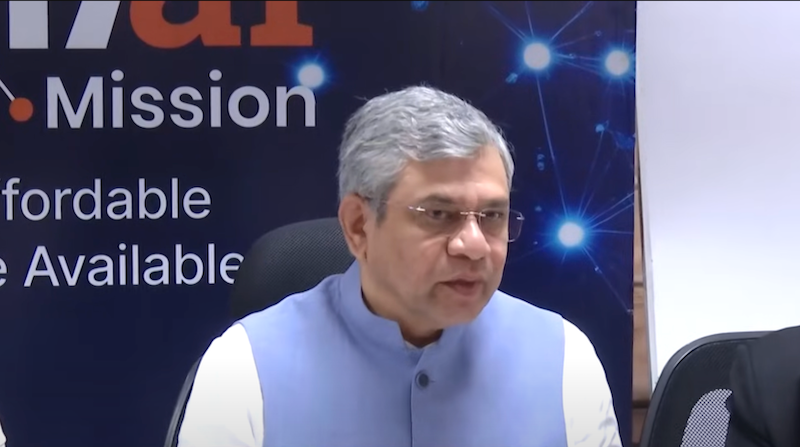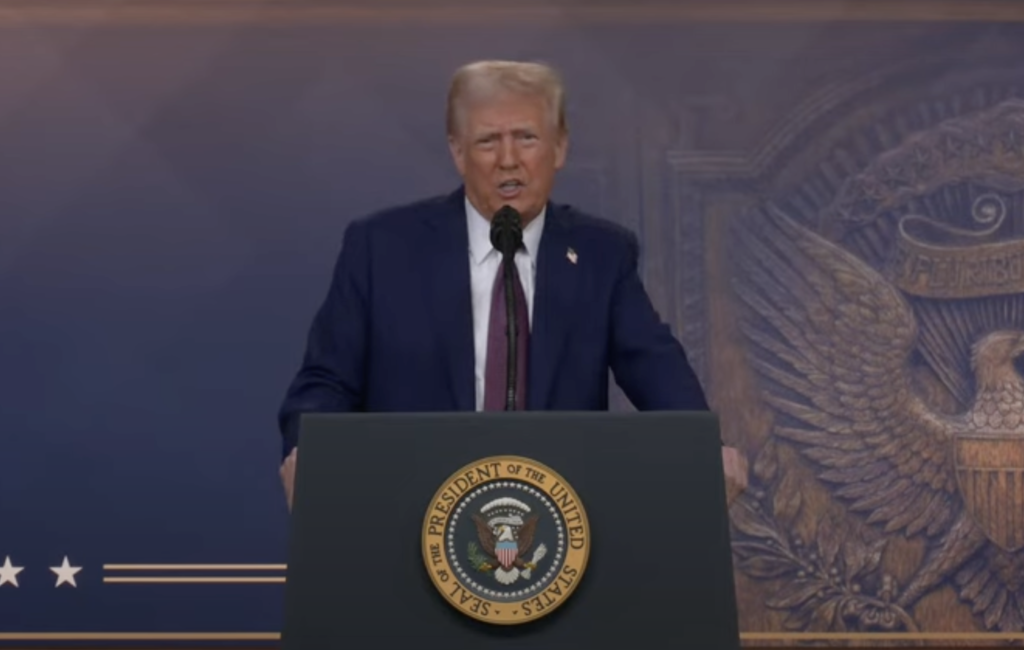India to launch generative AI model in 2025 amid DeepSeek frenzy
Union IT Minister Ashwini Vaishnaw said he is not worried about US export controls on high-performance computing chips from Nvidia.
India is gearing up to launch its own generative AI model by 2025, as confirmed by Union IT Minister Ashwini Vaishnaw during the Utkarsh Odisha Conclave. This move marks the country’s entry into the highly competitive global AI race.
To support this initiative, India has already acquired 18,693 GPUs, including 12,896 Nvidia H100s, which are among the most powerful hardware available for AI workloads. The country is also aiming for $20 billion in foreign investment in data centers over the next three years, indicating its commitment to building the infrastructure necessary for AI development.
The new generative AI model will be tailored specifically for India’s diverse languages and cultures, making it unique in its ability to cater to the country’s vast and varied population. This project signals India’s ambition to develop homegrown AI solutions that can compete with leading global models and serve local needs more effectively.
“We believe that there are at least six major developers who can develop AI models in the next six to eight months on the outer limit, and four to six months on a more optimistic estimate.”
Vaishnaw’s announcement of India’s upcoming generative AI model comes at a time when the AI landscape is seeing significant developments, including the release of DeepSeek R1. This open-source AI model has reportedly achieved performance levels comparable to leading models from OpenAI, yet it was trained at a fraction of the cost.

The AI race heats up
However, some critics argue that tighter export controls on critical technologies, like AI chips, could have the opposite effect. By imposing more restrictions on US companies, the US government risks stifling innovation and making American firms less competitive on the global stage. While the US has long been the leader in AI development, the rise of smaller, more nimble competitors—especially from countries like China and India—could challenge this position. These countries have access to vast populations, increasingly capable research institutions, and more affordable production strategies, which allow them to make significant strides in AI development while bypassing the costly infrastructure that has traditionally defined US dominance.
The AI race is indeed intensifying, with the release of DeepSeek R1 challenging conventional beliefs about the scalability and resource requirements of artificial intelligence. Traditionally, it was assumed that scaling AI models necessitated vast amounts of computational power and expensive hardware. However, DeepSeek R1’s performance—comparable to leading models like those from OpenAI—at a fraction of the cost has called this into question, potentially reshaping how future AI models are developed and deployed.
In response to this shift, US President Donald Trump is reportedly considering tightening export restrictions on high-performance AI chips from Nvidia, a major player in the AI hardware space. The US has already placed stringent export controls on Nvidia’s sales to China, including embargoes on the H100 processor (one of Nvidia’s most powerful chips) and restrictions on semiconductor components in 2023. The latest move would further limit Nvidia’s ability to export chips critical for AI development, including modified versions like the A800 and H800, which were designed to comply with previous sanctions but still faced restrictions.
These developments are part of a broader geopolitical and technological contest, as nations race to harness AI’s potential while simultaneously working to secure access to crucial resources like AI chips and data centers. As countries like India and China ramp up their AI efforts, tensions around AI chip exports and technology sovereignty could become a defining issue in the global tech landscape.

President Trump’s vow to make the US the AI capital of the world aligns with his broader strategy to maintain American dominance in critical sectors like semiconductors and high-performance computing. The launch of project Stargate, a $500 billion initiative spearheaded by OpenAI, Oracle, and SoftBank, is a bold move toward establishing a robust AI infrastructure in the United States. This project aims to support the growth of AI technology within the US by bolstering data centers, high-performance computing power, and semiconductor manufacturing.
However, some critics argue that tighter export controls on critical technologies, like AI chips, could have the opposite effect. By imposing more restrictions on US companies, the US government risks stifling innovation and making American firms less competitive on the global stage. While the US has long been the leader in AI development, the rise of smaller, more nimble competitors—especially from countries like China and India—could challenge this position. These countries have access to vast populations, increasingly capable research institutions, and more affordable production strategies, which allow them to make significant strides in AI development while bypassing the costly infrastructure that has traditionally defined US dominance.




